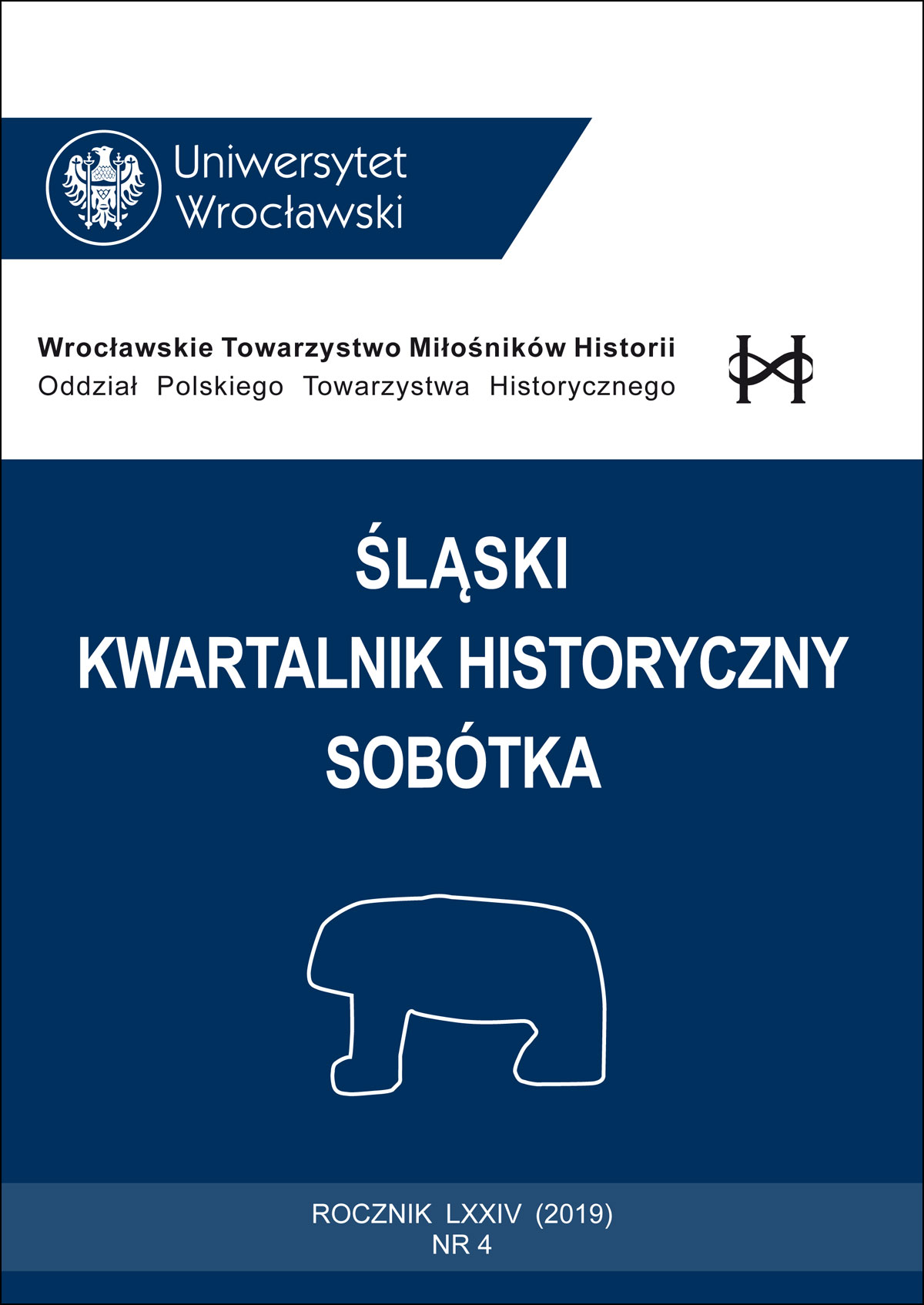Podnoszenie miasta z ruin (zestaw fotografii centrum Nysy z lat 40. i 50. XX w.). Krytyczne opracowanie materiału ikonograficznego. Część druga (Odbudowa, rozbiórka i nowa zabudowa)
Rebuilding the town (a collection of photographs of the city center of Nysa from 1940S and 1950s). A critical study of the iconographic material. Part II (reconstruction, demolition and new buildings)
Author(s): Ewa Dawidejt-DrobekSubject(s): Cultural history, Photography, Architecture, Local History / Microhistory, WW II and following years (1940 - 1949), Post-War period (1950 - 1989)
Published by: Wydawnictwo Uniwersytetu Wrocławskiego
Keywords: architecture; city center of Nysa; photography; 1940s and 1950s; reconstruction after World War II; demolition; monuments and vintage buildings; war and postwar damage
Summary/Abstract: In this study (parts I and II), 81 photographs, mainly from the collections of Poviat (district) Museum in Nysa (68 pictures) and St. Jacob’s parish in Nysa (12 pictures), are published and critically analyzed. The photographs depict the state of buildings in the city center of Nysa from May 1945, when Polish state administration took over the town, until the turn of 1950s and 1960s, when – despite opposition from the Historic Preservation Officer’s Office – a conception of reconstruction of the historical city center in a “modern”way was implemented. The photographs are presented in two parts: I. Survived in the midst of ruins and rubble (34 pictures); II. Reconstruction, demolition and new buildings (47 pictures). During several decades after the war, the destruction of the historical buildings in the city center of Nysa was described en bloc as “war damage”. Such narration was strengthened by captions under illustrations in publications from the period of Polish People’s Republic (PRL). A critical analysis of photographs from 1940s and 1950s sheds a new light on this issue. Referring to documents of different types and urbanistic and architectural context of the time allowed for establishing exact location where and date when each photograph was taken. On that basis, the author formulates a conclusion that in a landscape mutilated by war, actions both resulting in further destruction as well asaimed at preserving or rebuilding damaged buildings took place; however, the decision on demolition or reconstruction of individual objects was based not only on the state of their preservation.
Journal: Śląski Kwartalnik Historyczny Sobótka
- Issue Year: 74/2019
- Issue No: 4
- Page Range: 91-127
- Page Count: 37
- Language: Polish

